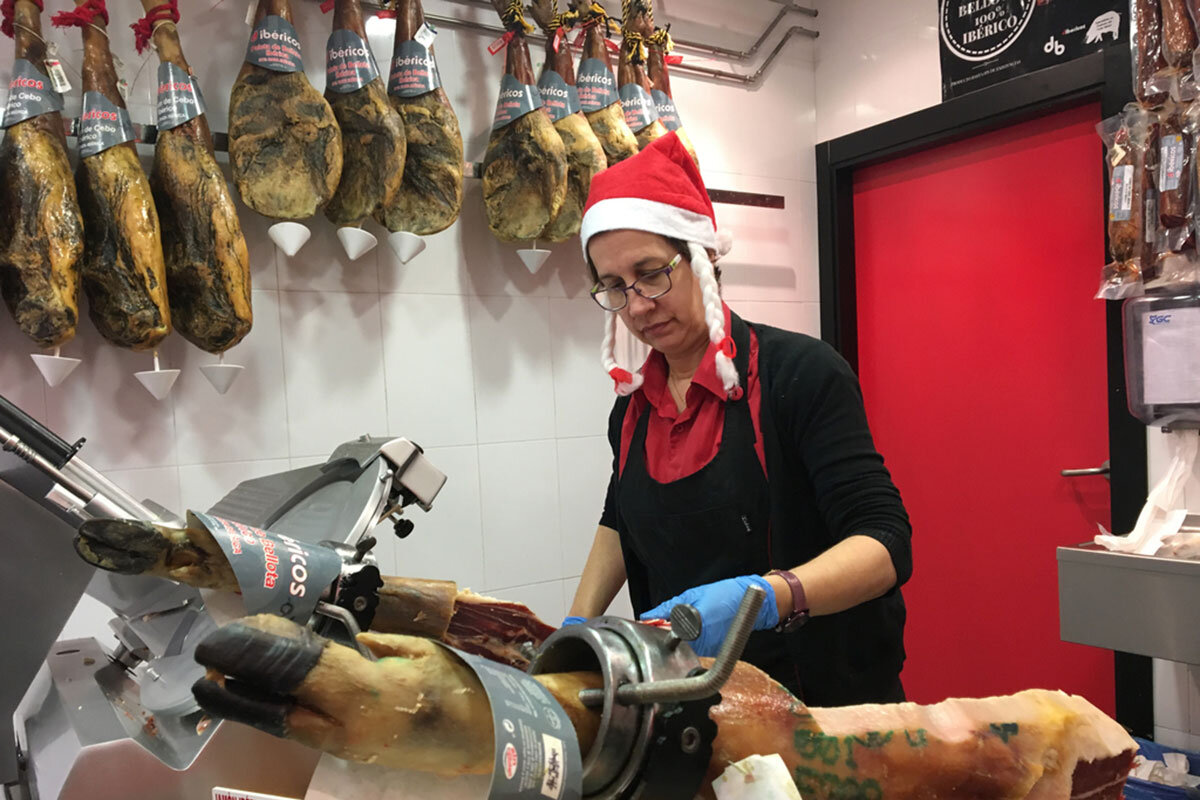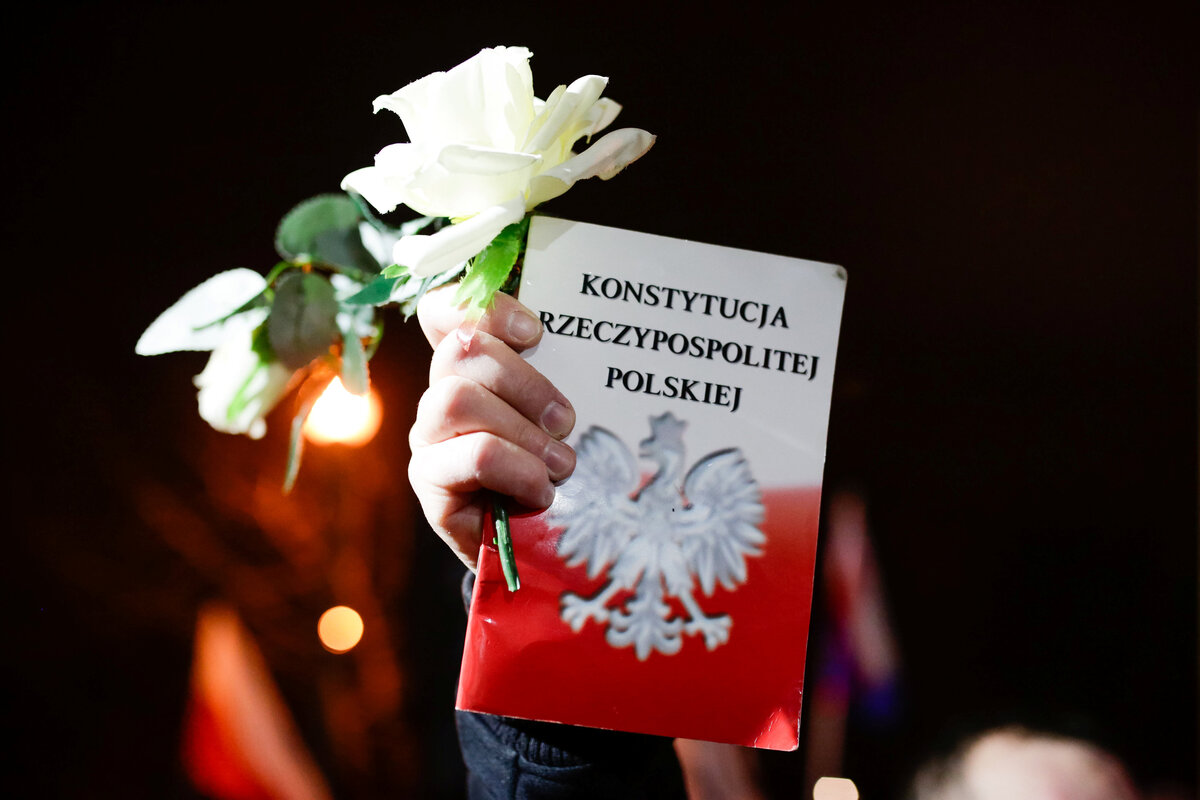We’ve seen a lot of attention this year on North Korea’s quest for greater security via long-range missiles and nuclear bombs. But this story notes that the “hermit kingdom” is also quietly taking that effort under the sea.
Monitor Daily Podcast
- Follow us:
- Apple Podcasts
- Spotify
- RSS Feed
- Download
 David Clark Scott
David Clark Scott
It’s rare that a single word serves as a precise societal mirror. But this year’s most looked-up word in the United States, according to Merriam-Webster, does a pretty good job. It’s feminism.
What does that word say about America in 2017?
The spike in searches started in January with the Women’s March on Washington and the debate over whether it was a liberal “feminist” march – or for women of all political stripes.
You may recall that women constitute slightly more than half of the population but hold only 20 percent of the seats in the US Congress. But this year, we saw a stirring of determination as women decided they could be political problem-solvers. That’s fueled a record number of women (417, mostly Democrats) who are now officially running for Congress.
Since October, we’ve also seen a wave of women challenging concepts of manhood by publicly exposing sexual harassment and abuse, forcing dozens of high-profile men to step down.
Merriam-Webster defines feminism as “the theory of the political, economic, and social equality of the sexes.” In 2017, you and I witnessed gender equity go well beyond theory. And we saw feminism manifested as leadership, courage, and integrity. It makes you wonder what 2018 will bring.
Now to the five stories we’ve selected today that show justice, progress, and empathy at work.










